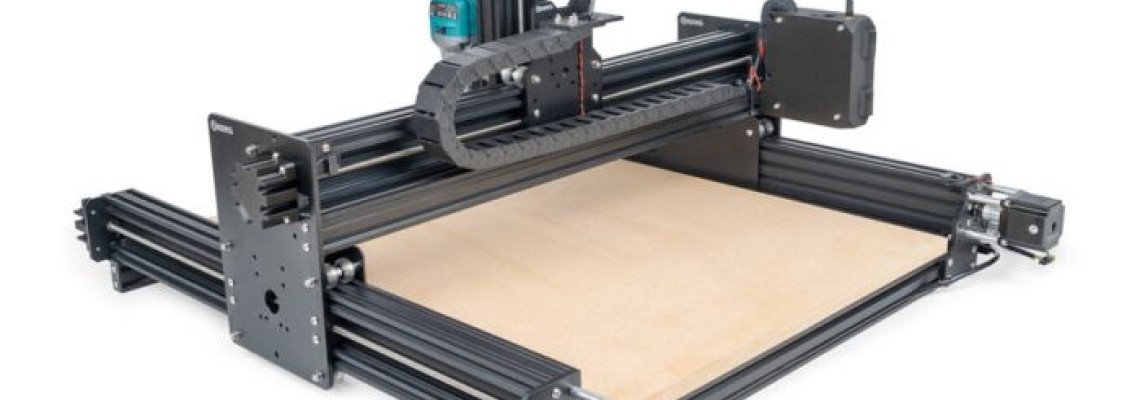
Qu'est-ce qu'une machine CNC ?
L'histoire des machines CNC John T. Parsons (1913-2007) de Parsons Corporation à Traverse City, MI est considéré comme le pionnier de la commande numérique, le précurseur de la machine CNC moderne. Pour son travail, John Parsons a été qualifié de père de la 2e révolution industrielle. Il avait besoin de fabriquer des pales d'hélicoptère complexes et s'est vite rendu compte que l'avenir de la fabrication était de connecter les machines aux ordinateurs. Aujourd'hui, les pièces fabriquées par CNC peuvent être trouvées dans presque toutes les industries. Grâce aux machines CNC, nous avons des biens moins chers, une défense nationale plus forte et un niveau de vie plus élevé que ce qui est possible dans un monde non industrialisé. Dans cet article, nous explorerons les origines de la machine CNC, les différents types de machines CNC, les programmes de machines CNC et les pratiques courantes des ateliers d'usinage CNC.
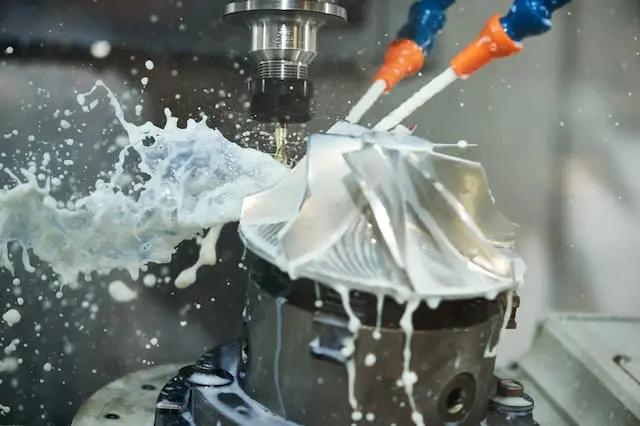
Qu'est-ce que l'usinage CNC ?
Les machines CNC fabriquent des pièces dans le monde entier pour presque toutes les industries. Ils créent des objets à partir de plastiques, de métaux, d'aluminium, de bois et de nombreux autres matériaux durs. Le mot "CNC" signifie Computer Numerical Control, mais aujourd'hui tout le monde l'appelle CNC. Alors, comment définissez-vous une machine CNC ? Toutes les machines de contrôle de mouvement automatisées ont trois composants principaux - une fonction de commande, un système d'entraînement/mouvement et un système de rétroaction. L'usinage CNC est le processus d'utilisation d'une machine-outil pilotée par ordinateur pour produire une pièce à partir d'un matériau solide sous une forme différente. La CNC dépend d'instructions numériques généralement réalisées sur des logiciels de fabrication assistée par ordinateur (FAO) ou de conception assistée par ordinateur (CAO) comme SolidWorks ou MasterCAM. Le logiciel écrit le code G que le contrôleur de la machine CNC peut lire. Le programme informatique sur le contrôleur interprète la conception et déplace les outils de coupe et/ou la pièce sur plusieurs axes pour couper la forme souhaitée de la pièce. Le processus de coupe automatisé est beaucoup plus rapide et plus précis qu'un mouvement manuel d'outils et de pièces qui se fait avec des leviers et des engrenages sur des équipements plus anciens. Les machines CNC modernes contiennent plusieurs outils et effectuent de nombreux types de coupes. Le nombre de plans de mouvement (axes) et le nombre et les types d'outils auxquels la machine peut accéder automatiquement pendant le processus d'usinage déterminent la complexité d'une pièce qu'une CNC peut fabriquer.
Comment utiliser une machine CNC
Les machinistes CNC doivent acquérir des compétences en programmation et en travail des métaux pour tirer pleinement parti de la puissance d'une machine CNC. Les écoles de métiers techniques et les programmes d'apprentissage commencent souvent les étudiants sur des tours manuels pour avoir une idée de la façon de couper le métal. Le machiniste doit être capable d'envisager les trois dimensions. Aujourd'hui, les logiciels facilitent plus que jamais la fabrication de pièces complexes, car la forme de la pièce peut être dessinée virtuellement, puis des trajectoires d'outils peuvent être suggérées par le logiciel pour fabriquer ces pièces.
Type de logiciel couramment utilisé dans le processus d'usinage CNC
Dessin assisté par ordinateur (CAO)
Le logiciel de CAO est le point de départ de la plupart des projets CNC. Il existe de nombreux progiciels de CAO différents, mais tous sont utilisés pour créer des conceptions. Les programmes de CAO populaires incluent AutoCAD, SolidWorks et Rhino3D. Il existe également des solutions de CAO basées sur le cloud, et certaines offrent des capacités de FAO ou s'intègrent mieux aux logiciels de FAO que d'autres.Fabrication assistée par ordinateur (FAO)
Les machines CNC utilisent souvent des programmes créés par un logiciel de FAO. La FAO permet aux utilisateurs de configurer un "arbre de travail" pour organiser le flux de travail, définir les trajectoires d'outils et exécuter des simulations de coupe avant que la machine n'effectue une coupe réelle. Souvent, les programmes de FAO fonctionnent comme des modules complémentaires aux logiciels de CAO et génèrent un code g qui indique aux outils CNC et aux pièces mobiles de la pièce où aller. Les assistants du logiciel FAO facilitent plus que jamais la programmation d'une machine CNC.
Quels sont les différents types de machines CNC ?
Il existe aujourd'hui d'innombrables types de machines CNC. Les machines CNC sont des machines-outils qui coupent ou déplacent des matériaux selon la programmation du contrôleur, comme décrit ci-dessus. Le type de découpe peut varier de la découpe au plasma à la découpe au laser, au fraisage, au routage et aux tours. Les machines CNC peuvent même ramasser et déplacer des articles sur une chaîne de montage. Vous trouverez ci-dessous les types de base de machines CNC :
Tours : Ce type de CNC tourne la pièce et déplace l'outil de coupe vers la pièce. Un tour de base est à 2 axes, mais de nombreux autres axes peuvent être ajoutés pour augmenter la complexité de coupe possible. Le matériau tourne sur une broche et est pressé contre un outil de meulage ou de sculpture qui donne la forme souhaitée. Les tours sont utilisés pour fabriquer des objets symétriques comme des sphères, des cônes ou des cylindres. De nombreuses machines CNC sont multifonctions et combinent tous les types de découpe.
Routeurs : Les routeurs CNC sont généralement utilisés pour couper de grandes dimensions dans le bois, le métal, les tôles et les plastiques. Les routeurs standard fonctionnent sur des coordonnées à 3 axes, de sorte qu'ils peuvent couper en trois dimensions. Cependant, vous pouvez également acheter des machines à 4, 5 et 6 axes pour les modèles de prototypes et les formes complexes.

Fraisage : Les fraiseuses manuelles utilisent des volants et des vis-mères pour articuler un outil de coupe sur une pièce. Dans une fraiseuse CNC, la CNC déplace les vis à billes de haute précision aux coordonnées exactes programmées à la place. Les fraiseuses CNC sont disponibles dans un large éventail de tailles et de types et peuvent fonctionner sur plusieurs axes.
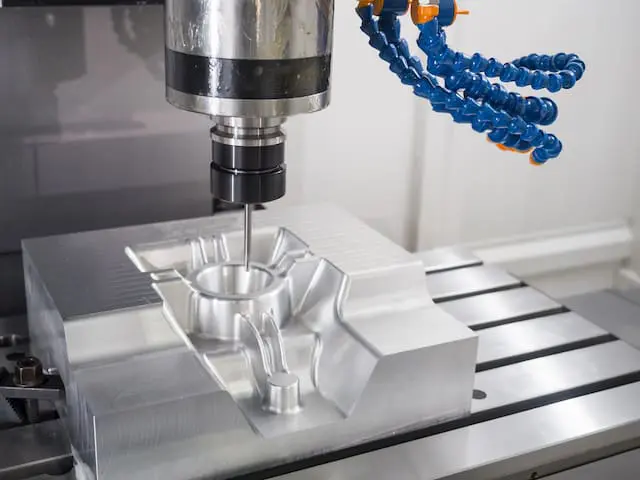
Découpeurs plasma : Le découpeur plasma CNC utilise un puissant laser pour couper. La plupart des coupeurs au plasma découpent des formes programmées dans des feuilles ou des plaques.
Imprimante 3D : Une imprimante 3D utilise le programme pour lui indiquer où déposer de petits morceaux de matériau pour créer la forme souhaitée. Les pièces 3D sont construites couche par couche avec un laser pour solidifier le liquide ou la puissance au fur et à mesure que les couches se développent.
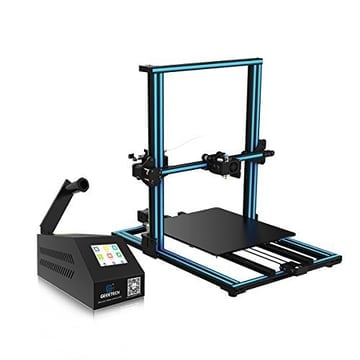

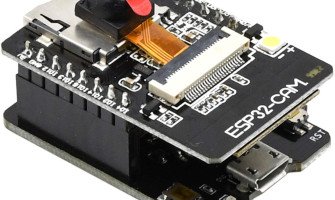
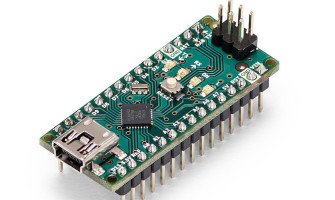
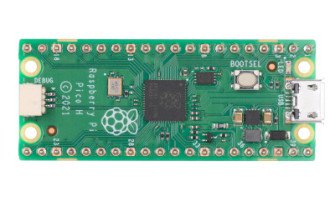
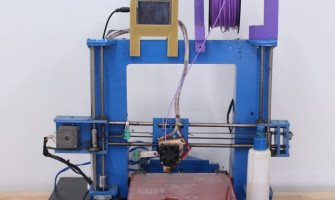
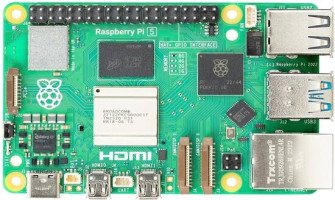
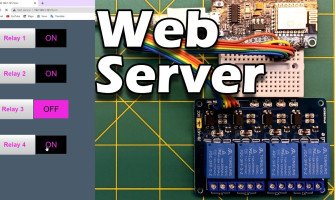
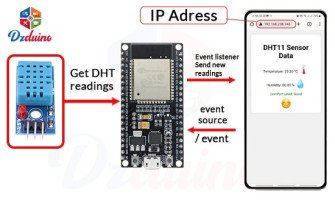
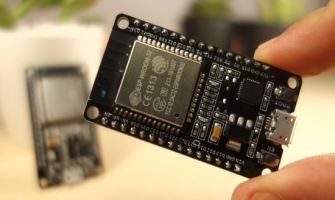

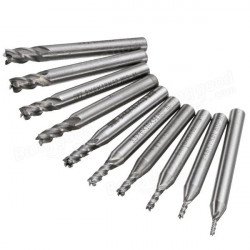
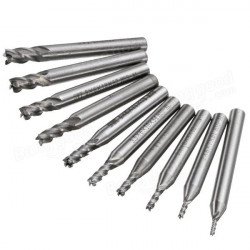


Laissez un commentaire